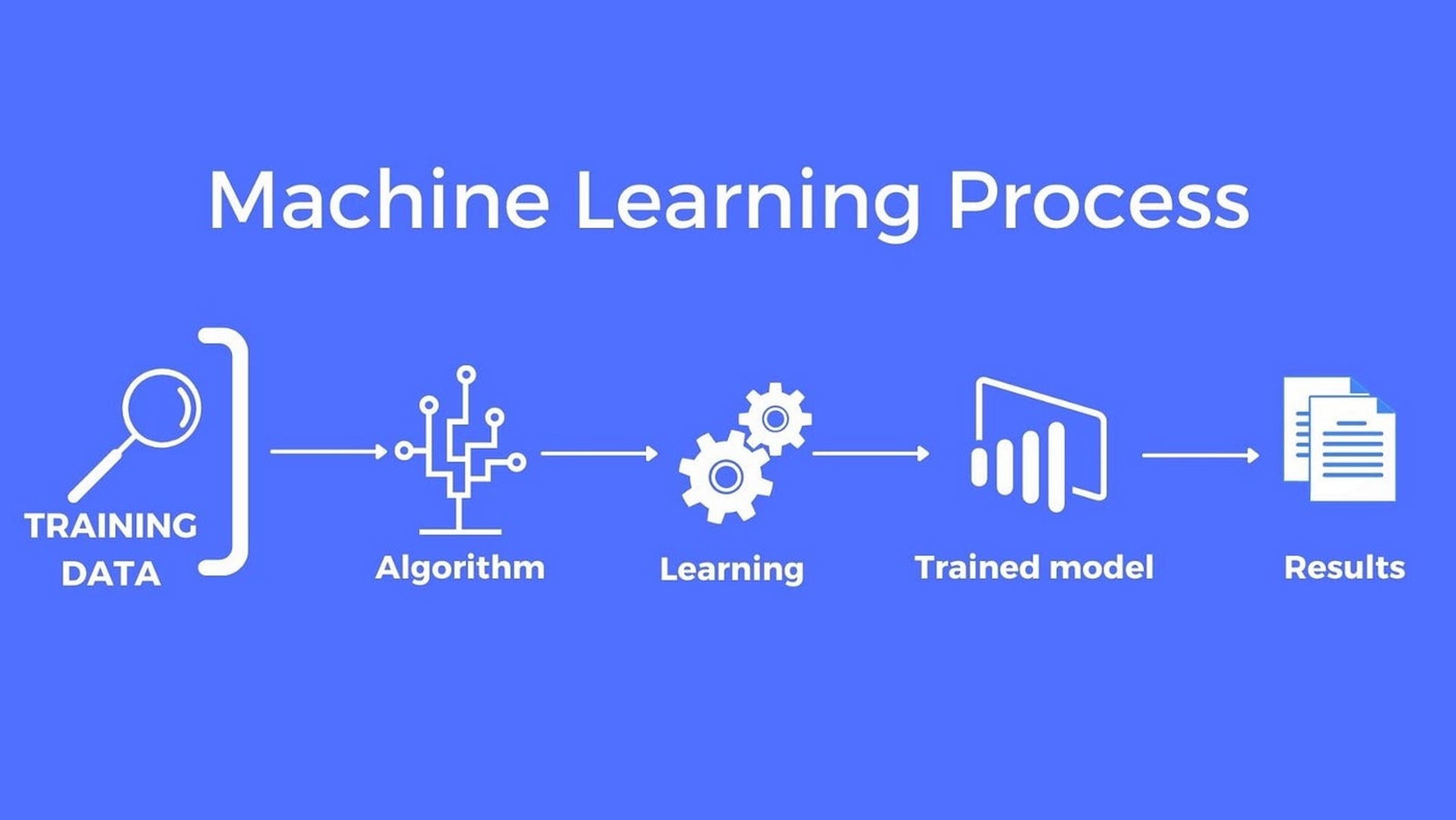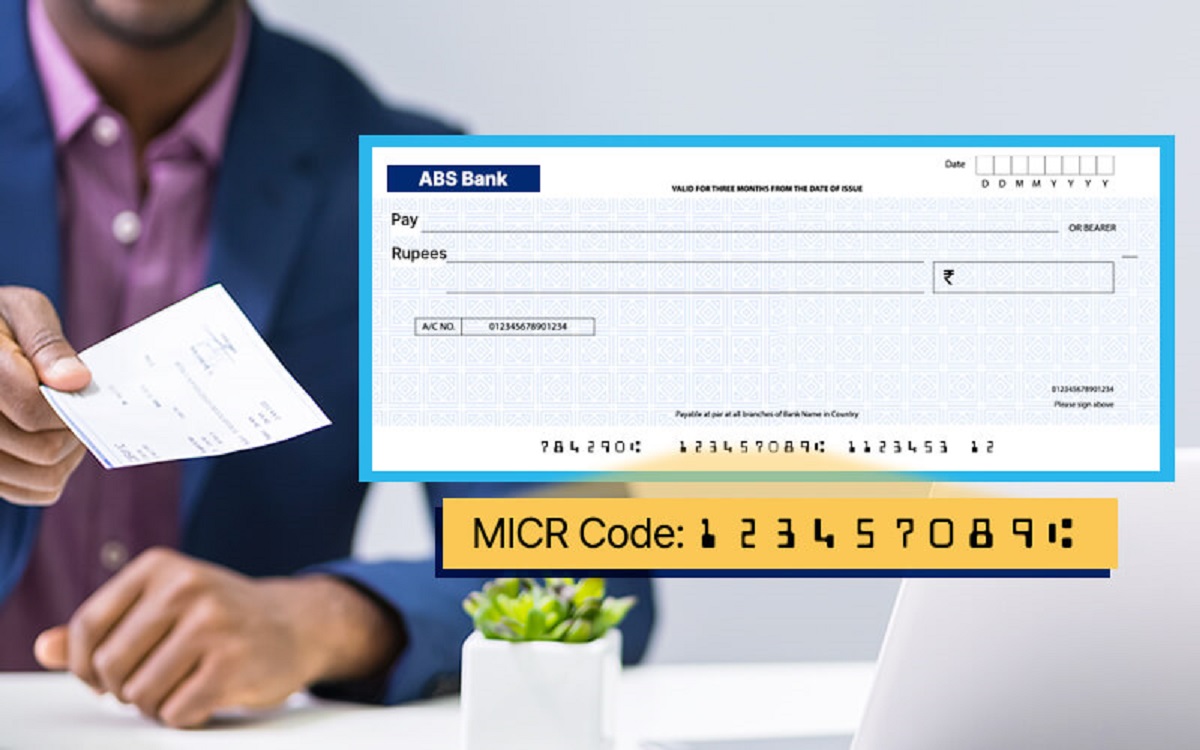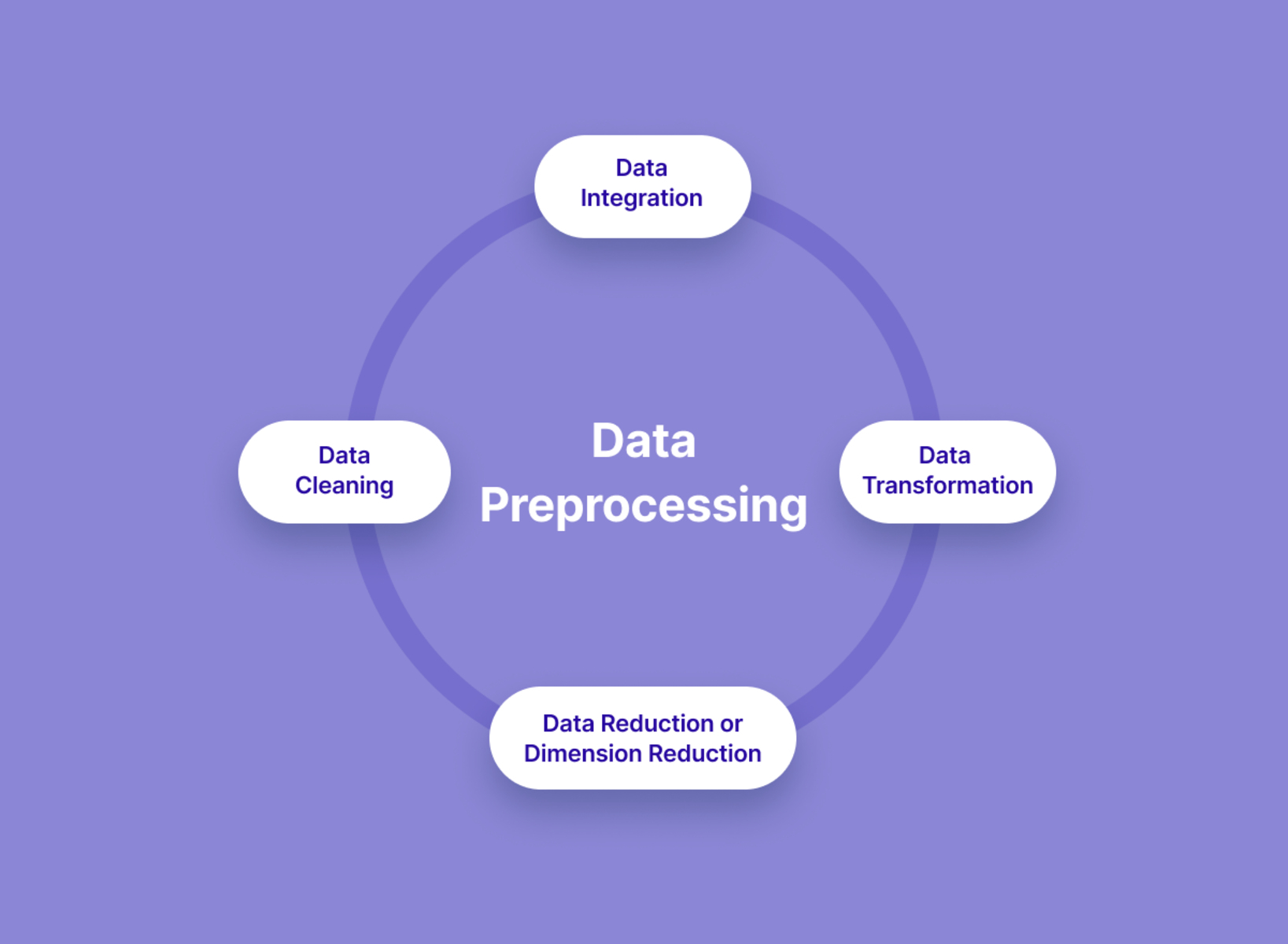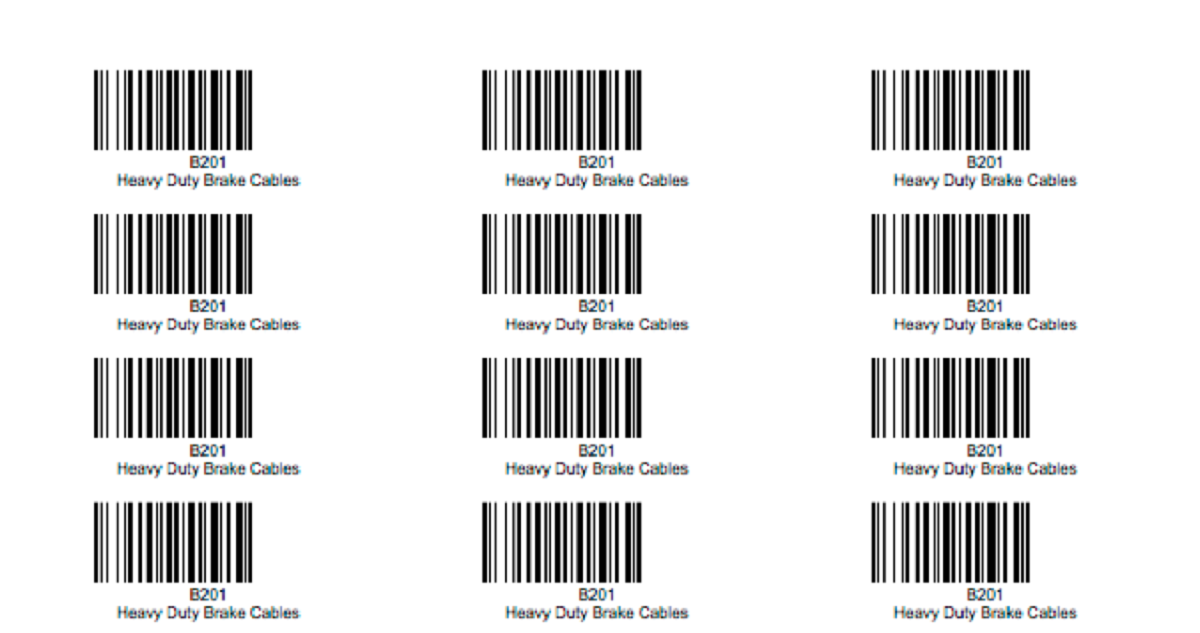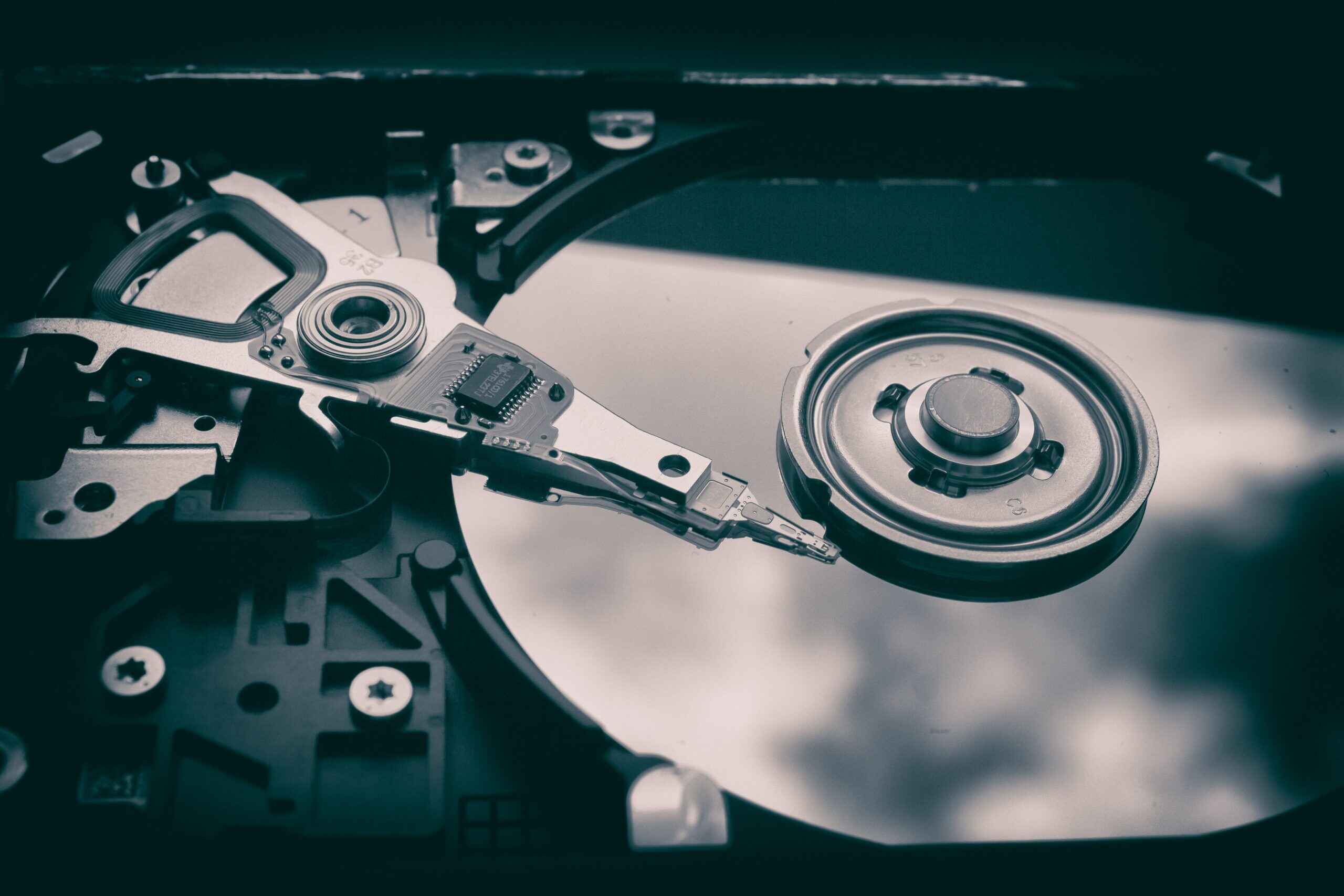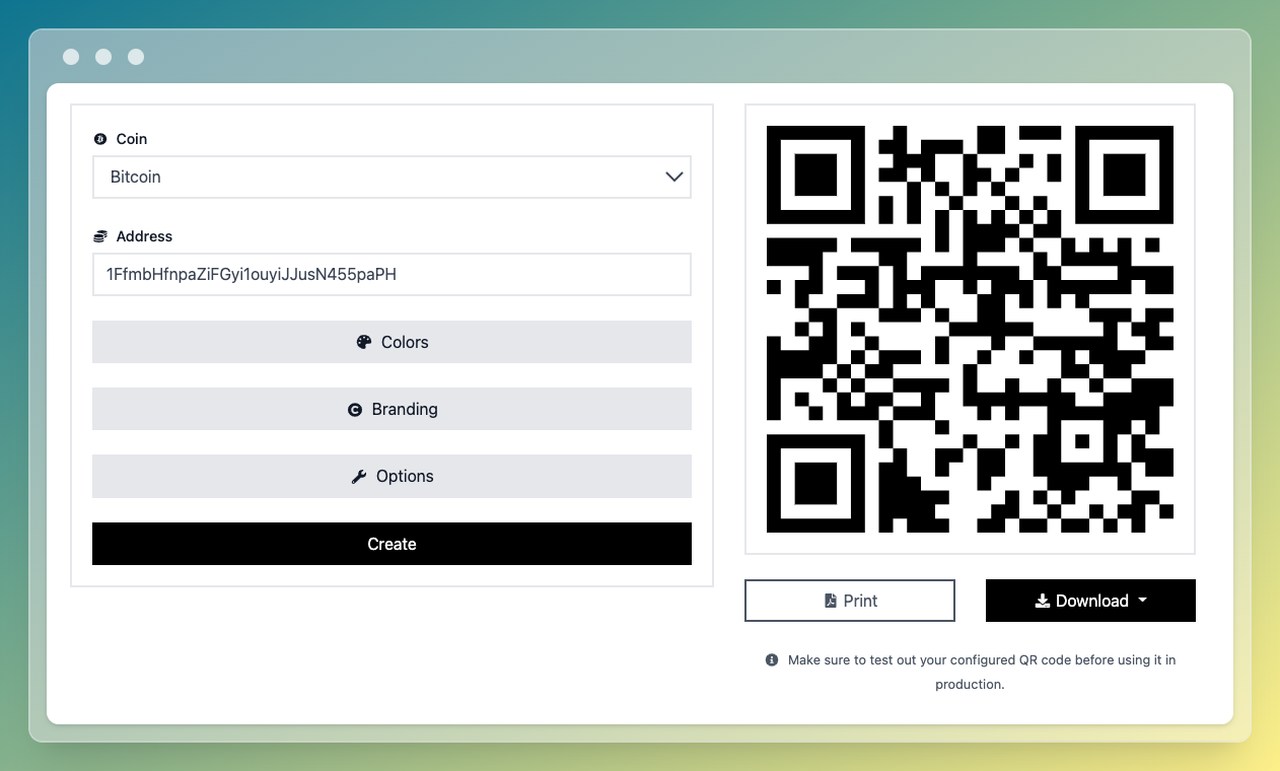Introduction
When it comes to coding, accuracy plays a crucial role in ensuring that the intended output matches the desired results. An encoder, in the context of coding, is a tool or software used to convert information from one form to another. It can be applied in various fields, such as data compression, cryptography, and multimedia.
At its core, an encoder takes input data and converts it into a specific format or representation, often using algorithms and mathematical functions. The encoded data can then be decoded and interpreted by the intended recipient or system.
However, maintaining accuracy in coding poses several challenges. The complexity of algorithms, the potential for errors, and the impact of different factors can all influence the accuracy of the encoded output. It is crucial to adopt strategies and thorough testing procedures to ensure the desired level of precision.
In this article, we will explore the concept of accuracy in coding when using an encoder. We will delve into the inner workings of encoders, examine the challenges that arise in maintaining accuracy, and discuss the various factors that can affect the correctness of the encoded output. Additionally, we will explore some strategies and best practices to ensure accuracy and the importance of testing and validation in this process.
What is an Encoder?
An encoder is a fundamental tool in the field of coding that is utilized to transform data from one format to another. It is commonly employed in various applications, including communication systems, data storage, and multimedia processing. The purpose of an encoder is to convert the input information into a specific encoded representation, which can then be easily transmitted, stored, or processed.
Essentially, an encoder takes an input signal or data and applies an algorithm or set of rules to transform it into a compatible format. The resulting encoded data is typically represented using binary digits (0s and 1s) or other predefined symbols, depending on the specific encoding scheme used.
There are various types of encoders, each catering to different requirements and applications. Some common types include:
- Audio Encoders: These convert analog audio signals into digital formats, enabling efficient storage and transmission. Popular audio encoding schemes include MP3, AAC, and FLAC.
- Video Encoders: Video encoders convert raw video data into compressed formats, reducing file sizes while maintaining visual quality. Common video encoding standards include H.264, VP9, and AV1.
- Image Encoders: Image encoders are used to compress image files, reducing their size while maintaining the visual integrity. JPEG, PNG, and GIF are widely used image encoding formats.
- Communication Encoders: These encoders are crucial in telecommunication systems, transforming signals into formats suitable for transmission over various channels, such as radio waves or optical fibers.
Furthermore, encoders can also be used in various data processing tasks, such as error detection and correction, encryption and decryption, and data compression. They play a vital role in ensuring that data is accurately represented and efficiently managed in different applications.
Overall, encoders are essential tools in the realm of coding, enabling the conversion of data into more suitable and efficient formats. They are instrumental in various industries, facilitating seamless and reliable data transmission, storage, and processing.
How does an Encoder Work?
An encoder works by taking an input signal or data and converting it into a specific encoded format or representation. The process is achieved through a series of steps, involving algorithms and mathematical functions. Let’s take a closer look at the workings of an encoder:
1. Data Processing: The encoder first processes the input data, whether it’s an audio signal, video stream, or image. This could involve various operations, such as sampling, quantization, or segmentation, depending on the type of data and the encoding scheme used.
2. Encoding Algorithm: The encoder applies a specific algorithm or set of rules to transform the processed data into a predefined encoded format. This algorithm determines how the input data is mapped to the encoded output. Different encoding algorithms have their own strengths and weaknesses and are designed for specific applications or requirements.
3. Symbol Mapping: In many cases, the encoder maps the processed data to a set of symbols or binary digits (0s and 1s) based on the defined encoding scheme. These symbols represent the encoded output and may vary depending on the specific encoding algorithm used.
4. Error Detection and Correction: Some encoders incorporate error detection and correction mechanisms to ensure the accuracy of the encoded data. This involves adding additional bits or redundancy to the encoded output, allowing for the identification and correction of any errors that may occur during transmission or storage.
5. Encoded Output: The final step of the encoding process is to generate the encoded output. This output can be in the form of a compressed audio file, a compressed video stream, or a compressed image file, depending on the application and the type of encoder used.
It’s important to note that the decoding process, performed by a corresponding decoder or receiver, reverses the encoding steps to retrieve the original data from the encoded format. Decoding involves applying the inverse operations to convert the encoded data back into its original format.
Overall, an encoder functions by applying an encoding algorithm to process and transform the input data into a specific encoded format. By understanding how an encoder works, we can better appreciate its role in various applications, from multimedia processing to data compression and secure communication.
Accuracy in Coding
Accuracy is a crucial aspect of coding, ensuring that the encoded output precisely matches the intended result. In the context of an encoder, accuracy refers to the faithfulness and correctness of the encoded data. Maintaining accuracy in coding is essential for reliable data transmission, efficient storage, and effective processing. Let’s explore the importance of accuracy in coding:
1. Data Integrity: Accuracy ensures the integrity of the encoded data, meaning that the information remains intact and unchanged throughout the encoding process. Any inaccuracies or errors in the encoded data can lead to incorrect interpretations or faulty results at the decoding stage.
2. Information Preservation: Accurate coding is necessary to preserve the essential information and details present in the original data. Whether it’s an audio signal, a video stream, or an image, maintaining accuracy ensures that the encoded representation retains the essential characteristics and fidelity of the original data.
3. Efficient Data Compression: In many applications, encoding is used for data compression purposes, reducing file sizes while maintaining acceptable quality. Accuracy is crucial here to ensure that the compression algorithms do not cause significant loss of information or introduce artifacts that degrade the overall quality of the content.
4. Compatibility: Accurate encoding ensures compatibility between different systems and devices. By adhering to encoding standards and accurately representing data, encoded content can be easily decoded and interpreted by the intended recipients or systems, regardless of their platform or implementation.
5. Error Minimization: Accurate coding helps minimize errors and potential issues during data transmission or storage. By employing error detection and correction methods, such as checksums or parity bits, accuracy can be maintained, enabling the identification and resolution of any errors that may occur.
6. Validity of Results: In coding applications that involve data processing or analysis, accuracy is vital to obtain valid and reliable results. Whether it’s in scientific research, financial modeling, or machine learning, accurate coding ensures the correctness and validity of the outcomes derived from the encoded data.
Achieving accuracy in coding requires attention to detail, adherence to coding standards and best practices, and rigorous testing and validation procedures. It is essential to understand the specific requirements of the encoding task, the limitations of the chosen encoding scheme, and the potential challenges that may impact accuracy.
By prioritizing accuracy in coding, we can ensure the reliability, efficiency, and effectiveness of data encoding processes. The focus on accuracy paves the way for seamless data transmission, optimized storage, and accurate processing, leading to successful outcomes in various applications.
Challenges in Ensuring Accuracy
While accuracy is essential in coding, there are several challenges that can hinder the achievement of accurate encoded output. These challenges arise from various factors, such as the complexity of algorithms, potential errors in the encoding process, and the impact of external influences. Let’s explore some of the key challenges in ensuring accuracy:
1. Algorithm Complexity: Many encoding algorithms are inherently complex, involving intricate mathematical calculations and transformations. The complexity of these algorithms can introduce potential errors or inaccuracies, particularly if implemented or applied incorrectly. Ensuring accuracy requires a deep understanding of the specific algorithm and careful implementation.
2. Data Loss and Distortion: During the encoding process, data can be susceptible to loss or distortion. Lossy compression techniques, for example, intentionally sacrifice some data to achieve higher compression rates. However, this can result in a loss of accuracy and fidelity, especially for sensitive or detailed information. Minimizing data loss and distortion while maintaining acceptable compression levels is a significant challenge in ensuring accuracy.
3. Noise and Interference: In real-world scenarios, data can be subject to noise and interference during transmission or recording. These external factors can introduce errors and distortions in the encoded data, compromising accuracy. Advanced error detection and correction mechanisms are required to mitigate the effects of noise and interference and ensure accurate decoding.
4. Limitations of Encoding Schemes: Different encoding schemes have their own limitations and constraints. For example, some encoders may have a limited range of representable values or may struggle with certain types of data, such as highly complex or dynamic content. Understanding the limitations of the chosen encoding scheme is crucial to mitigating potential accuracy issues.
5. Inadequate Testing and Validation: Testing and validation play a crucial role in ensuring the accuracy of encoded output. Inadequate or insufficient testing procedures can lead to undetected errors or inconsistencies in the encoded data. Rigorous testing, including boundary testing, stress testing, and real-world scenario testing, is necessary to uncover potential issues and validate the accuracy of the encoding process.
6. Human Errors: Although the encoding process is often automated, human errors can still occur during the preparation and configuration of the encoding settings. Mistakes in selecting the appropriate encoding parameters or incorrectly configuring the encoding software can result in inaccuracies in the encoded output. Careful attention to detail and thorough quality assurance practices are essential to mitigate human errors.
Addressing these challenges requires a combination of technical expertise, adherence to best practices, and the adoption of robust testing and validation processes. By understanding and proactively tackling these challenges, we can enhance the accuracy and reliability of coding in various applications.
Factors Affecting Accuracy
Several factors can influence the accuracy of coding when using an encoder. These factors encompass both technical considerations and external influences that can impact the correctness and precision of the encoded output. Understanding these factors is vital in addressing accuracy issues effectively. Let’s explore some of the key factors that can affect accuracy:
1. Encoding Algorithm: The choice of encoding algorithm can significantly impact accuracy. Different algorithms have varying levels of complexity, efficiency, and error resilience. Inaccuracies may arise if the chosen algorithm is not well-suited for the specific data or if it is implemented incorrectly. Selecting the appropriate encoding algorithm for the given application and understanding its limitations is crucial in ensuring accuracy.
2. Encoding Parameters: The accuracy of the encoded output can be influenced by the selection of encoding parameters. Parameters such as bit rate, compression level, or resolution can impact the quality and fidelity of the encoded data. Careful consideration and adjustment of these parameters are necessary to strike a balance between achieving desired compression and maintaining accuracy.
3. Data Characteristics: The nature and characteristics of the input data can affect the accuracy of encoding. Complex, dynamic, or highly detailed data may present challenges in accurately representing the information. For example, encoding audio with a wide dynamic range or video with fast-moving objects can introduce artifacts or loss of detail. Understanding the specific requirements and characteristics of the data is essential in achieving accurate encoding.
4. Transmission or Storage Loss: In scenarios involving data transmission or storage, the accuracy of the encoded output can be affected by potential loss or corruption. Accurate encoding cannot completely compensate for errors that occur during transmission or storage, such as packet loss or physical media corruption. The use of error detection and correction mechanisms and robust transmission/storage protocols can help mitigate these accuracy issues.
5. Environmental Factors: External factors in the environment can impact the accuracy of encoding, particularly in scenarios involving real-time data acquisition or recording. Factors such as noise, interference, or variations in lighting conditions can introduce errors and distortions in the captured data. Mitigating these factors through proper equipment setup, noise reduction techniques, or calibration processes is crucial in maintaining accuracy.
6. Implementation and Configuration: Errors or inconsistencies in the implementation or configuration of encoding software can affect accuracy. Human errors, incorrect parameter settings, or software bugs can all contribute to inaccurate encoded output. Thorough testing, adherence to best practices, and careful attention to detail during the implementation and configuration phases are necessary to ensure accuracy.
Addressing these factors requires a holistic approach, considering both technical considerations and external influences. By understanding and proactively mitigating these factors, we can improve the accuracy of coding and ensure reliable and accurate encoded output in various applications.
Strategies for Ensuring Accuracy
Ensuring accuracy in coding when using an encoder requires a systematic approach and the implementation of specific strategies. By adopting these strategies, you can minimize errors and inaccuracies, resulting in precise and reliable encoded output. Let’s explore some effective strategies for ensuring accuracy:
1. Understand Encoding Requirements: Familiarize yourself with the specific requirements of the encoding task. Understand the type of data being encoded, the desired output format, and any constraints or limitations. This understanding forms the foundation for accurate encoding decisions.
2. Use Reliable Encoding Algorithms: Select encoding algorithms that are proven to be reliable and accurate for the given application. Research and consider the strengths, weaknesses, and constraints of different algorithms to choose the most suitable one. Avoid using experimental or untested algorithms that may introduce inaccuracies.
3. Optimize Encoding Parameters: Fine-tune the encoding parameters to achieve the desired balance between compression and accuracy. Experiment with different parameter settings such as bit rate, compression level, or resolution to find the optimal configuration that meets the accuracy requirements while still achieving desired compression levels.
4. Implement Error Detection and Correction: Use error detection and correction mechanisms to ensure the integrity of the encoded data. Implement techniques such as checksums, parity bits, or forward error correction to detect and correct errors that may occur during transmission, storage, or decoding.
5. Thorough Testing and Validation: Develop rigorous testing and validation procedures to assess the accuracy of the encoding process. Conduct extensive testing, including boundary testing, stress testing, and real-world scenario testing, to identify any potential issues or inaccuracies. Validate the encoded output against known data or benchmarks to ensure accuracy.
6. Implement Quality Assurance Processes: Adopt robust quality assurance practices throughout the encoding process. Incorporate code reviews, peer testing, and meticulous documentation to minimize human errors and ensure accuracy in implementation and configuration.
7. Regularly Update and Maintain Encoding Software: Keep your encoding software up to date to benefit from bug fixes, performance improvements, and accuracy enhancements. Stay informed about updates and new releases from the software developers and implement them in a timely manner.
8. Continuously Improve and Learn: Stay updated on advancements in encoding techniques, algorithms, and best practices. Participate in relevant forums, attend conferences, and engage with the coding community to expand your knowledge and skills. Continuously learning and improving will contribute to maintaining accuracy in coding.
Remember, ensuring accuracy in coding is an ongoing process. By implementing these strategies and continuously evaluating and refining your encoding practices, you can achieve accurate and reliable encoded output, fostering trust and confidence in your coding endeavors.
Testing and Validation
Testing and validation are integral components in ensuring the accuracy of the encoding process. Thorough testing procedures help identify and uncover potential errors, inconsistencies, or inaccuracies in the encoded output. Validation, on the other hand, verifies that the encoded output is in line with the expected results. Let’s explore the importance of testing and validation in ensuring accuracy:
1. Types of Testing: Various types of testing can be employed to assess the accuracy of the encoding process. Boundary testing involves testing extreme or edge cases to verify the behavior of the encoding algorithm. Stress testing assesses the performance of the encoding process under heavy loads or unfavorable conditions. Real-world scenario testing replicates actual usage scenarios to assess the accuracy and reliability of the encoded output.
2. Test Data Selection: Selecting appropriate test data is crucial in ensuring thorough testing. Test data should cover a wide range of scenarios and represent the diversity of the input data. Include typical use cases, edge cases, and data that may pose challenges to the encoding algorithm. Ensure the test data represents the full spectrum of scenarios that the encoding process may encounter.
3. Validation against Known Data: Validate the accuracy of the encoded output by comparing it against known data. Use reference data or benchmark datasets to verify that the encoded output matches the expected results. This validation process serves as an objective measure to ensure accuracy and helps detect any deviations or inconsistencies.
4. Error Detection and Correction Analysis: Assess the effectiveness of error detection and correction mechanisms during testing. Introduce deliberate errors into the encoded data and analyze if the error detection and correction methods successfully identify and rectify the errors. This analysis helps validate the accuracy of the error handling capabilities of the encoding process.
5. Cross-Platform and Cross-Device Testing: Conduct testing on different platforms, devices, or systems that are intended to decode the encoded output. Verify that the encoded data can be accurately decoded and interpreted across various platforms and configurations. Compatibility testing helps ensure that the encoded output remains accurate and consistent across different decoding environments.
6. Continuous Integration and Regression Testing: Implement continuous integration and regression testing to catch any potential accuracy regressions or issues. Regularly run test suites to ensure that any modifications or updates to the encoding process do not introduce inaccuracies. This continuous testing ensures that accuracy is maintained throughout the development lifecycle.
7. User Acceptance Testing: Engage users or stakeholders in user acceptance testing to validate the accuracy of the encoded output against their specific requirements. Incorporate feedback and iterate on the encoding process to address any accuracy concerns raised during user acceptance testing.
Thorough testing and validation processes not only identify potential inaccuracies but also provide confidence in the accuracy of the encoding process. By incorporating comprehensive testing procedures, you can maintain accuracy, mitigate errors, and ensure that the encoded output meets the desired level of precision and reliability.
Conclusion
Accuracy is a crucial aspect of coding when using an encoder. It ensures that the encoded output faithfully represents the intended information and meets the desired level of precision. By understanding the inner workings of an encoder, the challenges in maintaining accuracy, and the factors that can affect it, we can adopt effective strategies to ensure accurate encoding.
It is important to select reliable encoding algorithms, optimize encoding parameters, and implement error detection and correction mechanisms. Thorough testing and validation procedures, including various types of testing and validation against known data, help identify and rectify any inaccuracies. Cross-platform and cross-device testing, continuous integration, and user acceptance testing further enhance accuracy and reliability.
By prioritizing accuracy in coding, we ensure data integrity, preserve essential information, and achieve efficient data compression. Accuracy also promotes compatibility, minimizes errors, and validates the results of data processing tasks. It forms the foundation for reliable data transmission, storage, and processing in various applications.
Overall, accuracy in coding when using an encoder requires a meticulous approach, adherence to best practices, and continuous improvement. It is a dynamic process that necessitates keeping up with advancements in encoding techniques and staying informed about encoding standards and developments.
By employing the strategies outlined in this article and understanding the importance of testing and validation, we can maintain accuracy in coding and achieve the desired outcomes in terms of data representation, compression, and reliability. Ensuring accuracy in coding is paramount to building trust, delivering reliable data, and attaining successful results in a wide range of applications.










